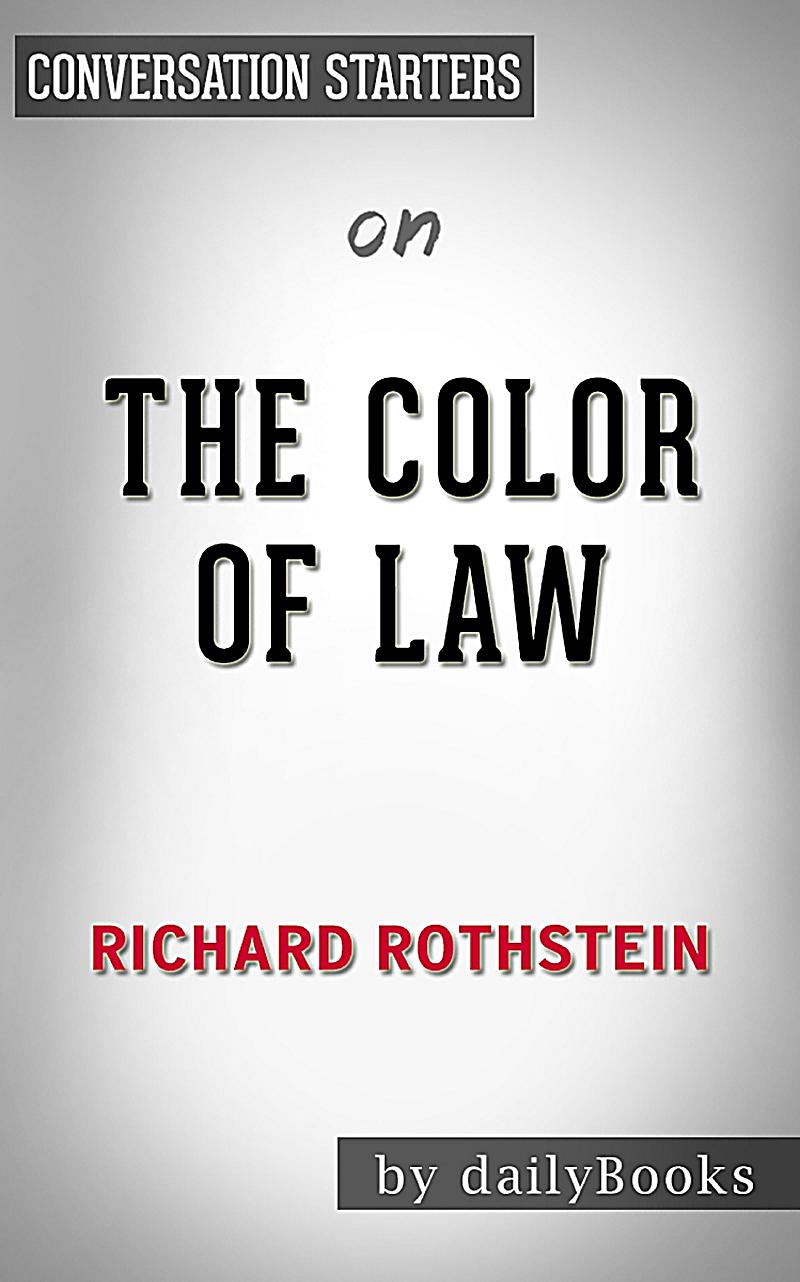

These projects included appealing low-rise complexes, plentiful green spaces, park benches, community centers, decorative murals, and playgrounds.

Chapter 2, "Public Housing, Black Ghettos," explores the original purpose of public housing, which was to provide poor, working, and lower-middle-class white families with living space, particularly for workers in wartime industries during World War I and II. Rothstein asserts, by employing Black war industry worker Frank Stevenson and the Federal Housing Administration (FHA), that "if it could happen in liberal San Francisco … it not could but did happen everywhere" (14). The book provides evidence that the racial and economic composition of American cities "did not develop out of thin air," but was the result of government-backed redlining, environmental racism, unconstitutional laws, and a bevy of other discriminatory barriers (ix).Ĭhapter 1, entitled "If San Francisco, Then Everywhere," explains that even in cities outside of the American South, where segregation was an outright practice, color lines were instituted "purposely" via governmental policies.

Rather than a manifestation of private practices, government policies and oversight, Rothstein argues, are de jure factors and not de facto agents. Richard Rothstein's The Color of Law charges the United States' government with enacting racially explicit policies that segregated American cities and their suburbs, cost economic inequality, and hampered social mobility.


 0 kommentar(er)
0 kommentar(er)
